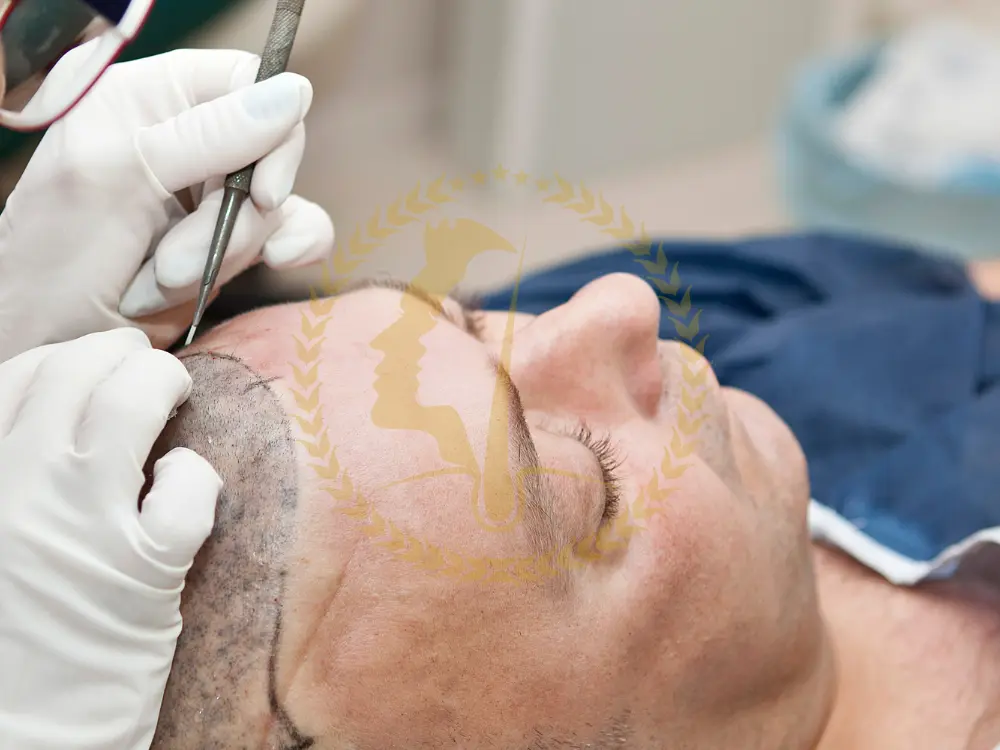Hair loss can be a distressing experience, affecting not only your appearance but also your self-esteem. Thankfully, modern hair transplant solutions offer a range of effective options to restore your hair and confidence. In this comprehensive guide, we’ll explore the most advanced and reliable hair transplant solutions available today, ensuring you can make an informed decision tailored to your needs.
Understanding Hair Transplant Solutions
Hair transplant solutions have evolved significantly over the years. What once was a risky and invasive procedure has now become a highly effective and minimally invasive solution for those suffering from hair loss. These solutions are designed to move hair follicles from one part of your body (usually the back or sides of your scalp) to areas where hair is thinning or balding. The result? Natural-looking hair growth that can last a lifetime.
Types of Hair Transplant Solutions
There are several hair transplant methods available, each with its own set of advantages and disadvantages. Below, we’ll delve into the most popular types:
1. Follicular Unit Extraction (FUE)
Follicular Unit Extraction (FUE) is one of the most advanced hair transplant solutions available today. In this procedure, individual hair follicles are extracted from the donor area and transplanted to the balding areas. FUE is highly favored because it leaves minimal scarring and has a faster recovery time compared to other methods.
Benefits of FUE
- Minimally Invasive: FUE is less invasive than traditional methods, leading to quicker healing.
- Natural Results: Since hair is transplanted in small units, the results look natural and blend seamlessly with existing hair.
- Reduced Scarring: Only tiny, barely visible scars are left behind, making it an excellent option for those who prefer shorter hairstyles.
2. Follicular Unit Transplantation (FUT)
Follicular Unit Transplantation (FUT), also known as the strip method, is a more traditional approach to hair transplantation. During FUT, a strip of scalp is removed from the donor area, and the follicles are extracted from this strip to be transplanted into the recipient area.
Benefits of FUT
- High Graft Yield: FUT can harvest a larger number of hair follicles in a single session, making it ideal for those requiring extensive coverage.
- Cost-Effective: Generally, FUT is less expensive than FUE, making it a more budget-friendly option for many.
- Long-Term Results: The hair follicles transplanted using FUT are permanent and will continue to grow throughout your lifetime.

3. Robotic Hair Transplantation
Robotic hair transplantation is a cutting-edge technique that uses advanced robotics to assist in the FUE procedure. The robot provides precision and accuracy, ensuring that hair follicles are harvested and transplanted with minimal damage and optimal placement.
Benefits of Robotic Hair Transplantation
- Precision: The robot’s accuracy reduces the risk of human error, leading to better results.
- Consistency: Robotic assistance ensures uniform graft placement, enhancing the natural appearance of the transplant.
- Faster Procedure: Robots can speed up the process, reducing the time needed for the surgery.
4. Platelet-Rich Plasma (PRP) Therapy
While not a traditional hair transplant solution, Platelet-Rich Plasma (PRP) therapy is often used in conjunction with hair transplants to promote faster healing and improve hair growth. PRP involves extracting a small amount of your blood, processing it to concentrate the platelets, and then injecting this enriched plasma into your scalp.
Benefits of PRP Therapy
- Enhanced Healing: PRP accelerates the healing process after a hair transplant, reducing recovery time.
- Increased Hair Density: It can stimulate hair follicles, leading to thicker, fuller hair in treated areas.
- Non-Surgical: PRP is a non-invasive treatment with minimal discomfort and downtime.

5. Stem Cell Hair Transplants
Stem cell hair transplants are an emerging field within hair restoration. This technique involves using your body’s own stem cells to promote hair growth. Although still under research, stem cell hair transplants show promise as a future hair loss treatment.
Benefits of Stem Cell Hair Transplants
- Innovative: This method could revolutionize hair restoration, offering a less invasive alternative to traditional transplants.
- Regenerative Potential: Stem cells have the ability to regenerate and repair damaged tissues, potentially leading to better hair growth.
6. Direct Hair Implantation (DHI)
Direct Hair Implantation (DHI) is a modified version of FUE that allows for more precise placement of hair follicles. In DHI, each hair follicle is implanted directly into the scalp using a specialized tool, eliminating the need for creating recipient sites beforehand.
Benefits of DHI
- Improved Precision: DHI allows for more accurate placement of hair follicles, leading to a more natural look.
- Less Handling: The hair follicles are handled less during the procedure, reducing the risk of damage.
- Quicker Recovery: Since DHI is a refined version of FUE, patients often experience a faster recovery time.
7. Combination Techniques
In some cases, a combination of different hair transplant solutions may be recommended to achieve the best results. For instance, FUE may be combined with PRP therapy to enhance healing and improve hair density. The combination of techniques is tailored to the individual’s specific needs, providing a customized solution for hair loss.
Benefits of Combination Techniques
- Customized Treatment: By combining different methods, you can address multiple aspects of hair loss for optimal results.
- Enhanced Outcomes: The synergy between techniques can improve the overall effectiveness of the treatment.
- Flexible Approach: Combination techniques offer flexibility in treating various types and stages of hair loss.
Choosing the Right Hair Transplant Solutions
Selecting the best hair transplant solution depends on several factors, including the extent of your hair loss, your budget, and your desired outcome. Consulting with a qualified hair restoration specialist is crucial to determine the most suitable option for your needs.
Factors to Consider
- Extent of Hair Loss: Different solutions are better suited for varying degrees of hair loss.
- Cost: Consider your budget and weigh it against the benefits of each solution.
- Recovery Time: Some methods offer quicker recovery times, which may be important depending on your lifestyle.

FAQs About Hair Transplant Solutions
- How long does it take to see results from a hair transplant?
Typically, it takes about 6 to 12 months to see the full results of a hair transplant. Hair will gradually grow and thicken over this period. - Are hair transplant solutions permanent?
Yes, hair transplants are generally considered permanent. The transplanted hair follicles are resistant to the hormone that causes hair loss, so they continue to grow for a lifetime. - Is a hair transplant painful?
Most hair transplant procedures involve minimal discomfort. Local anesthesia is used to numb the scalp, and most patients report only mild pain after the procedure. - Can women undergo hair transplant procedures?
Yes, hair transplant solutions are effective for both men and women experiencing hair loss. - What is the success rate of hair transplant procedures?
Hair transplant procedures have a high success rate, with around 90-95% of transplanted hair follicles successfully growing in the recipient area. - How much does a hair transplant typically cost?
The cost varies depending on the method used and the extent of hair loss but typically ranges from $4,000 to $15,000.
Hair transplant solutions have come a long way, offering a variety of methods to restore hair and confidence. Whether you opt for FUE, FUT, or a combination of techniques, modern advancements ensure natural-looking, lasting results tailored to your needs. Always consult with a hair restoration specialist to find the best solution for you.

